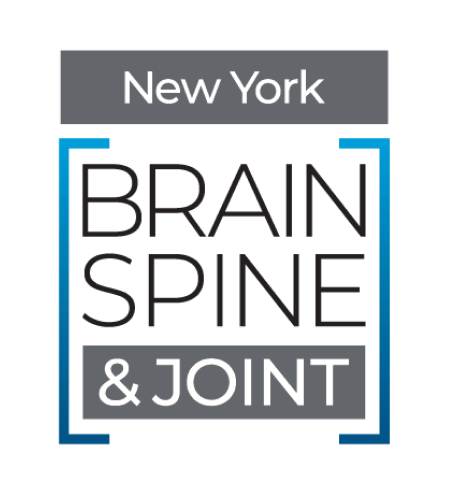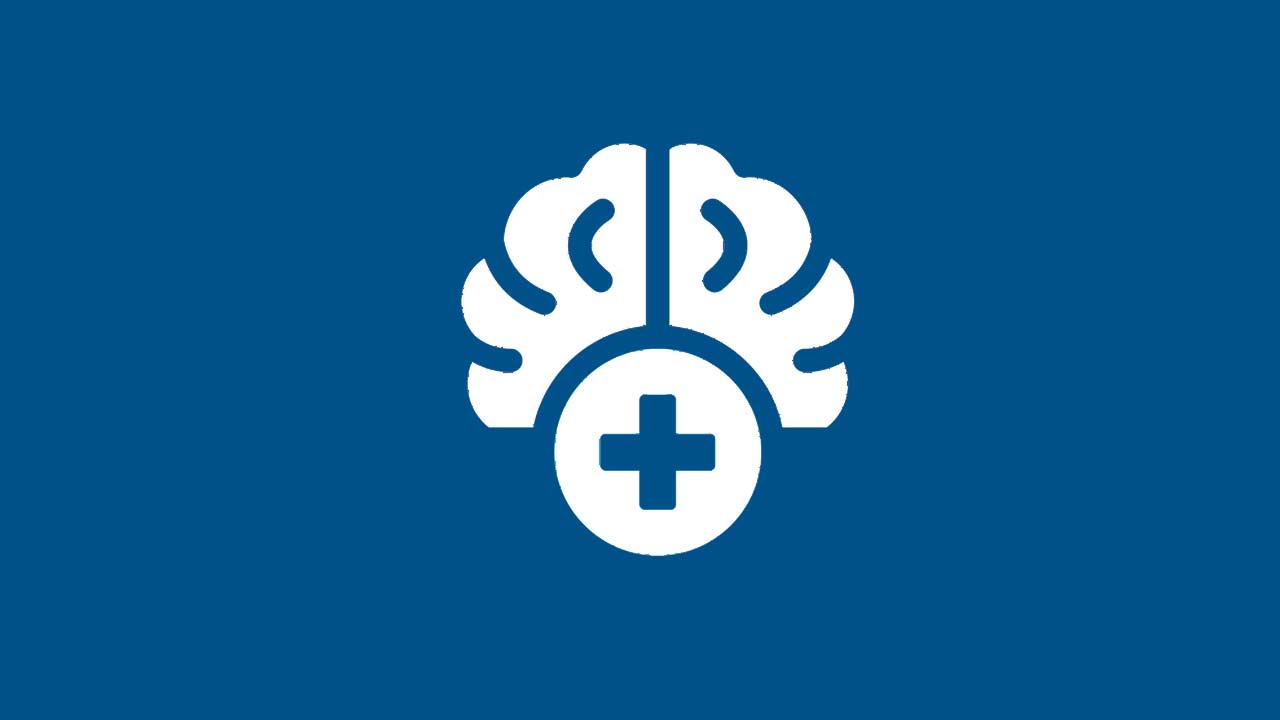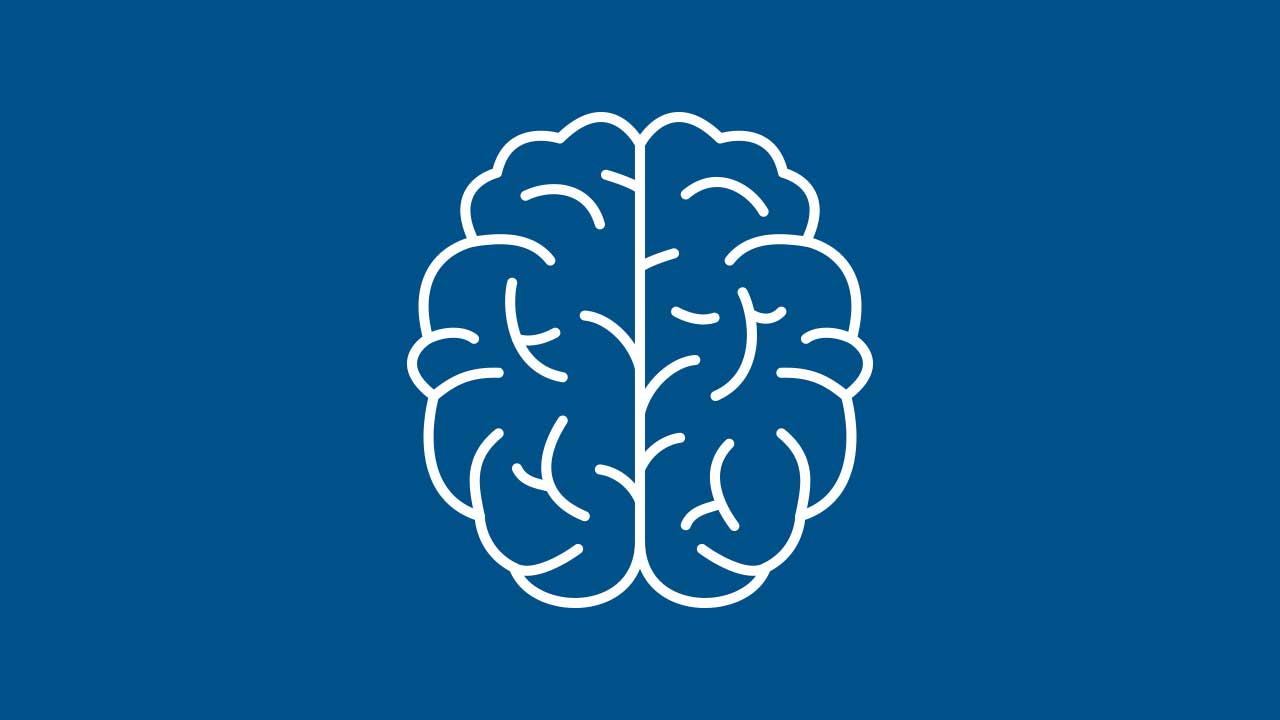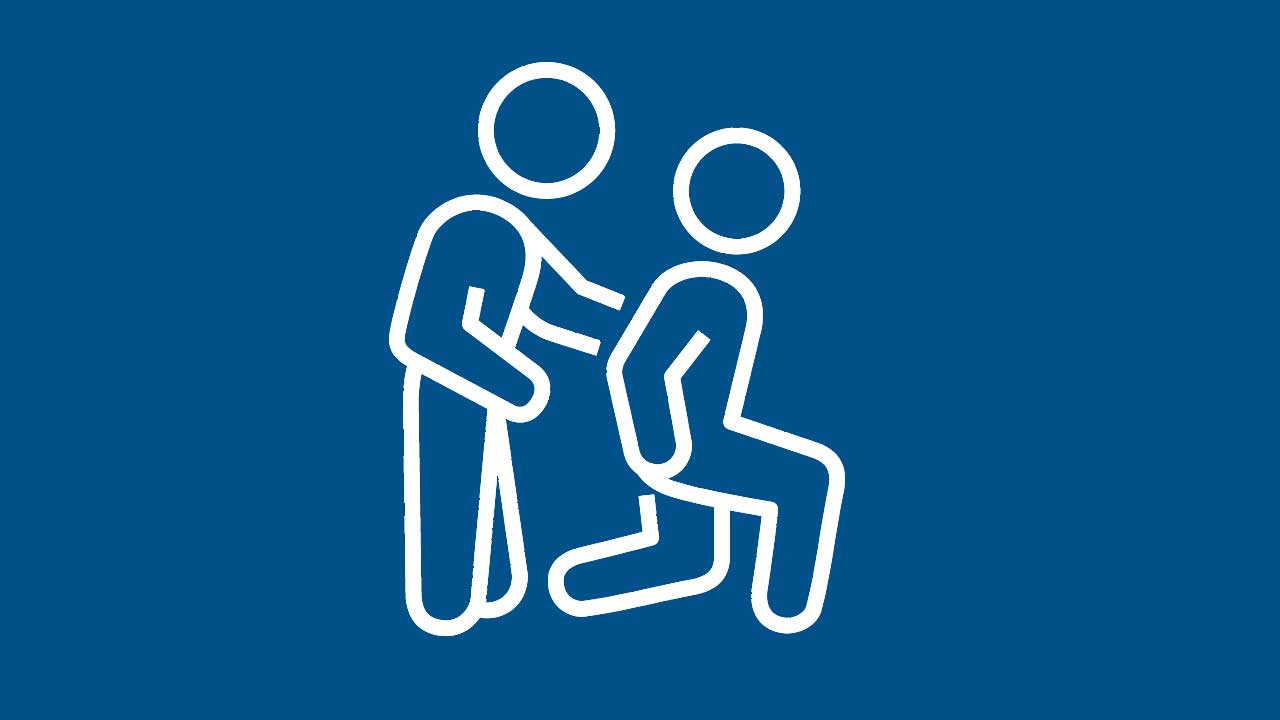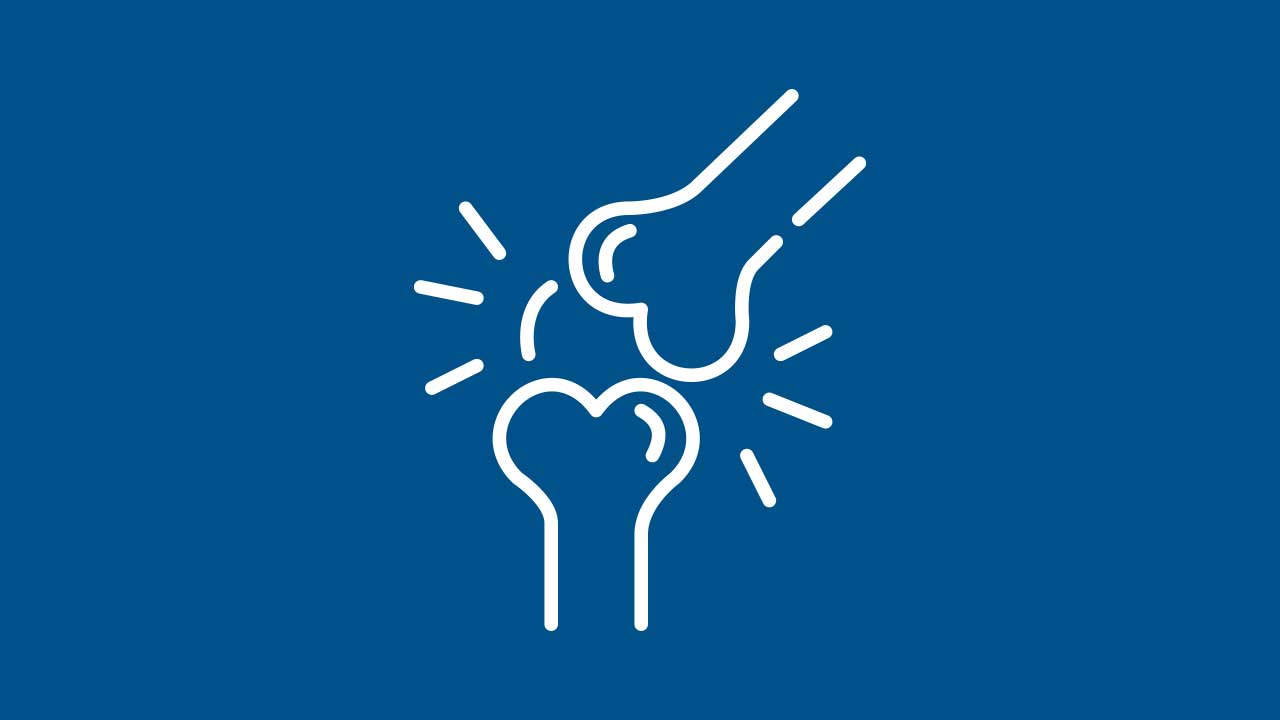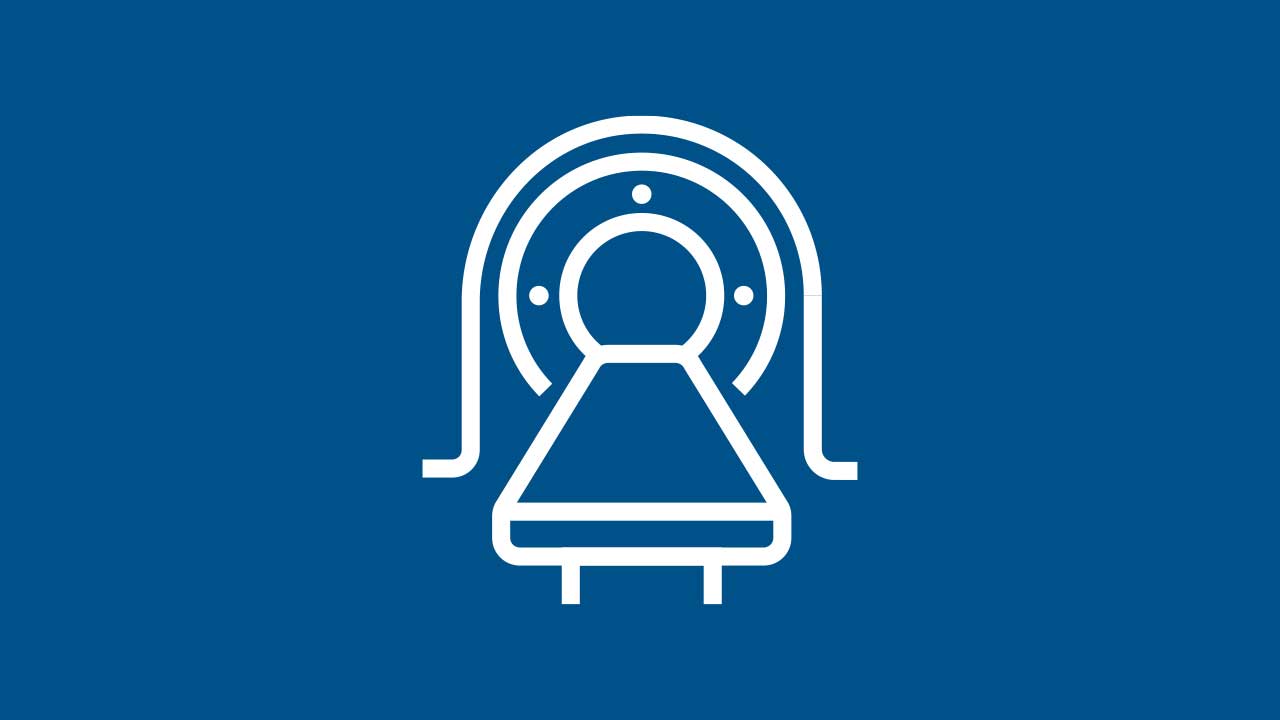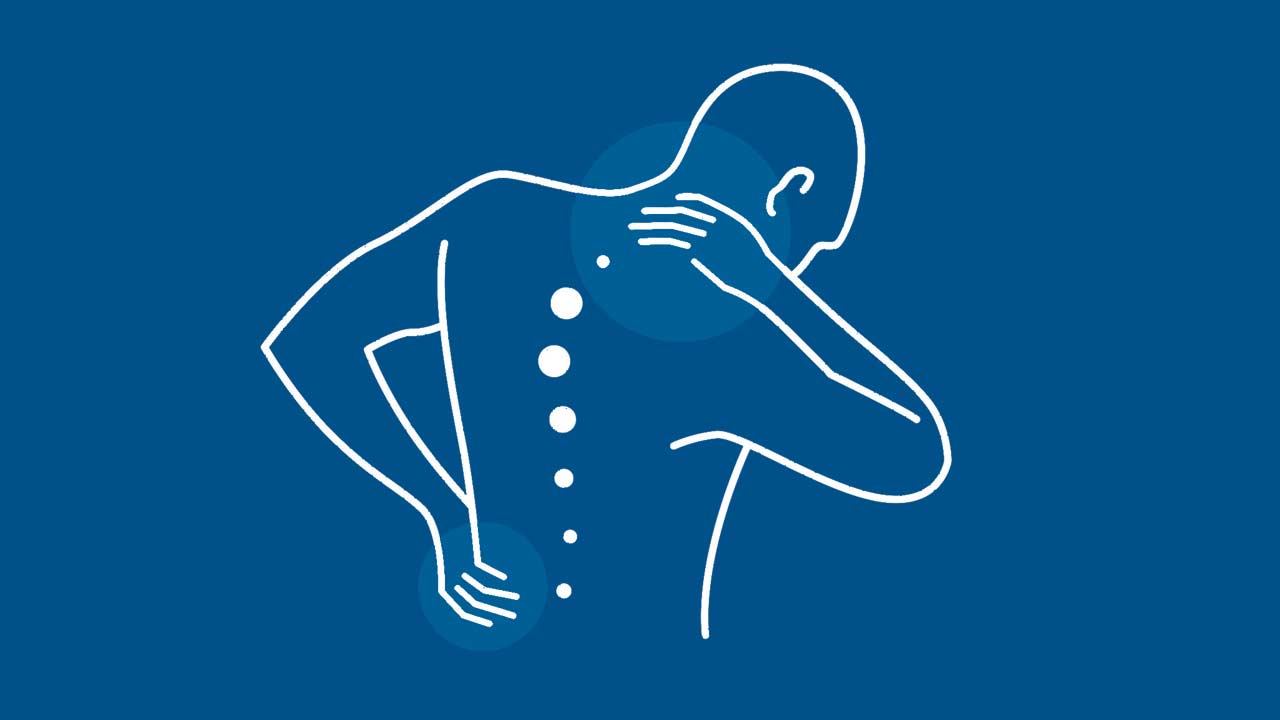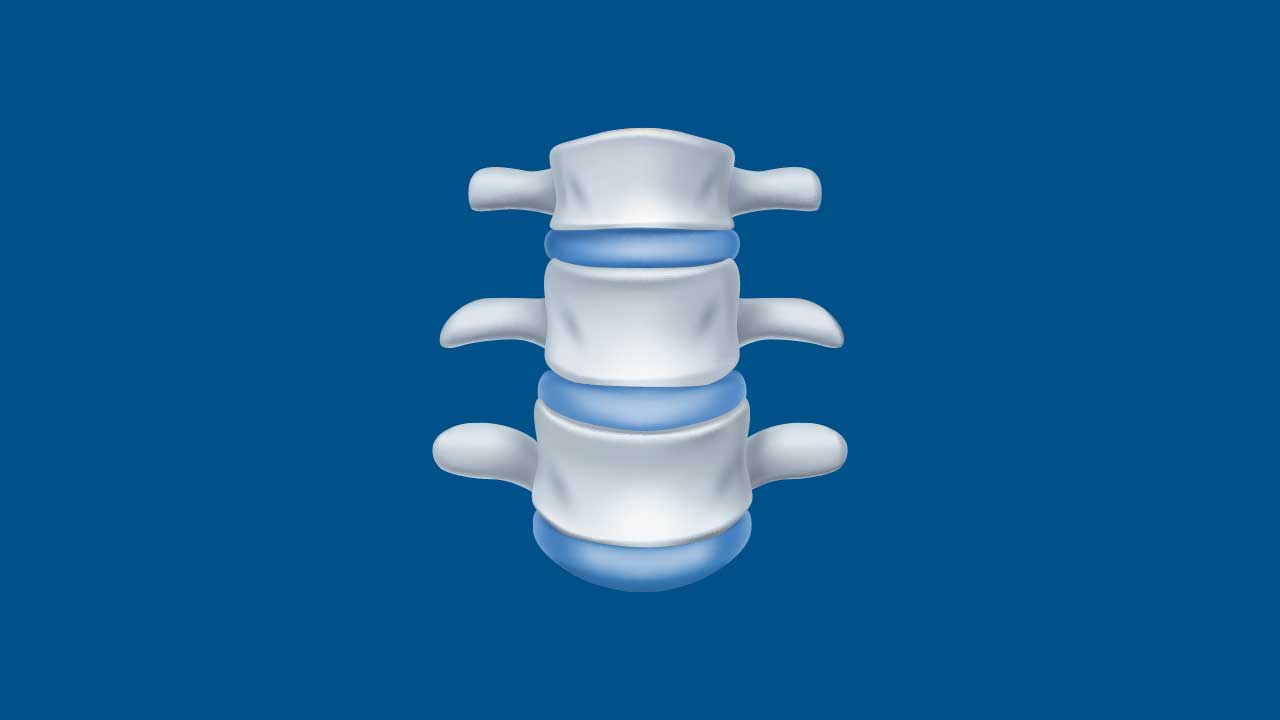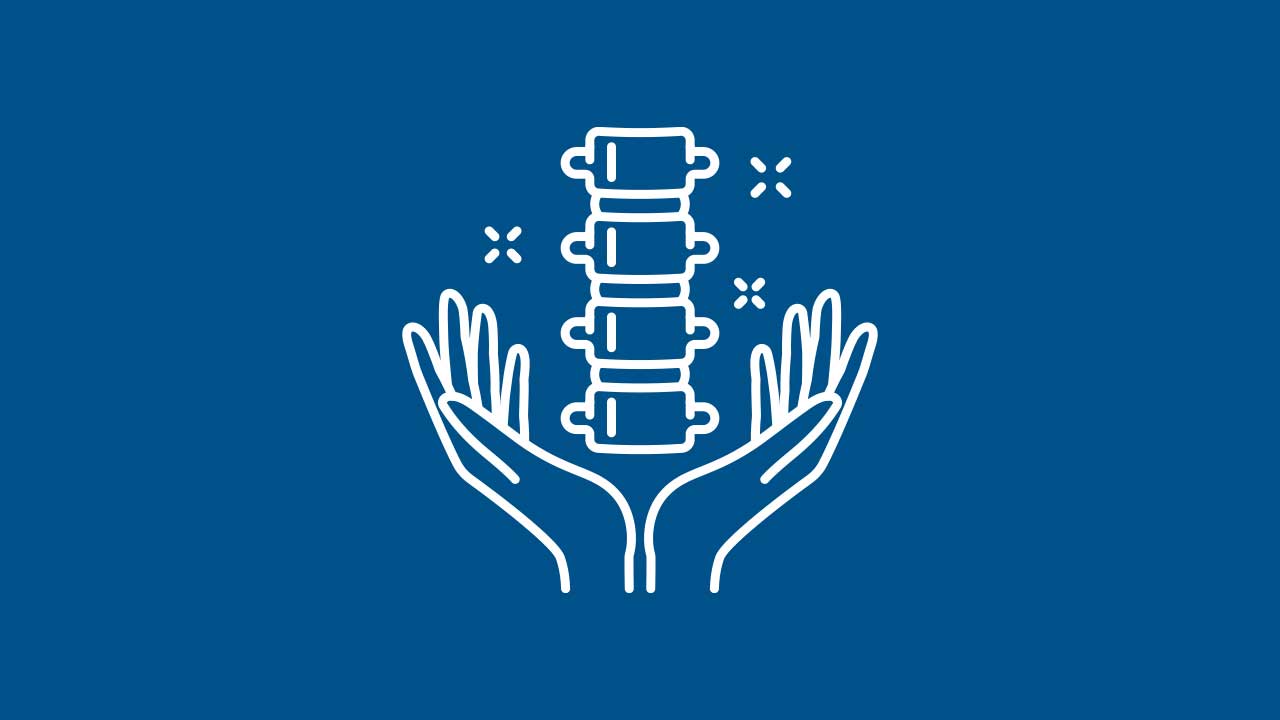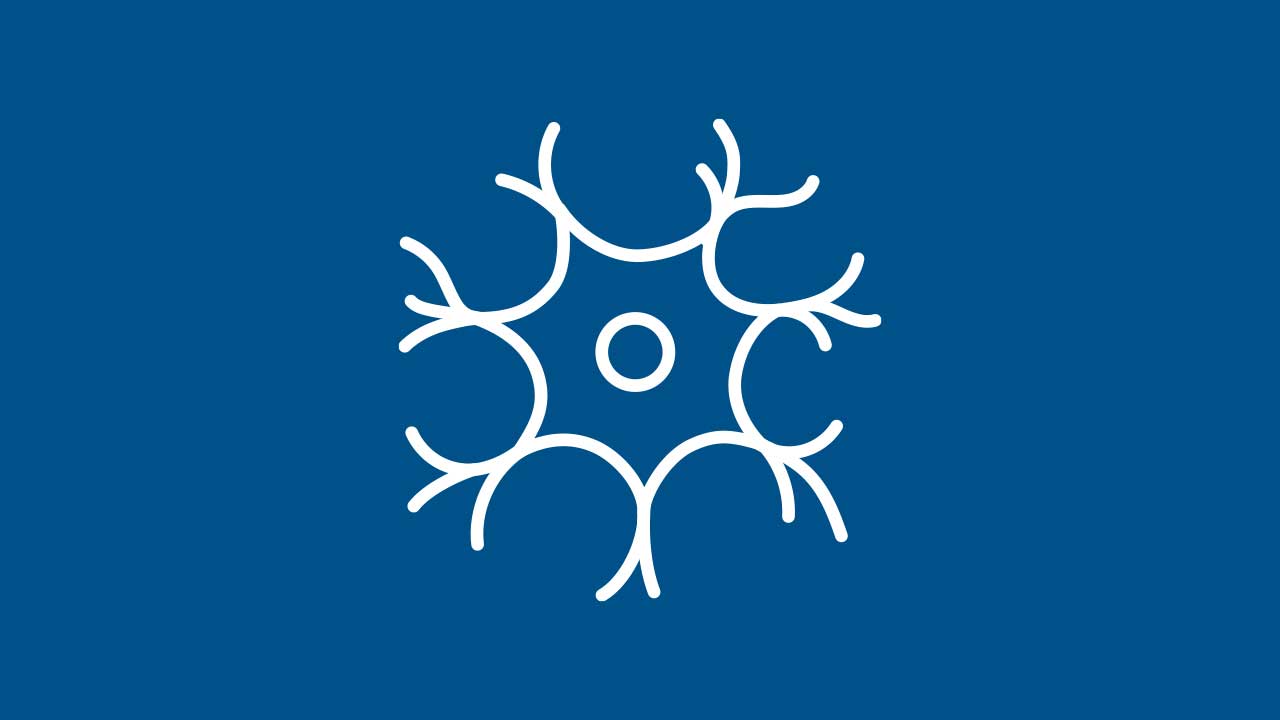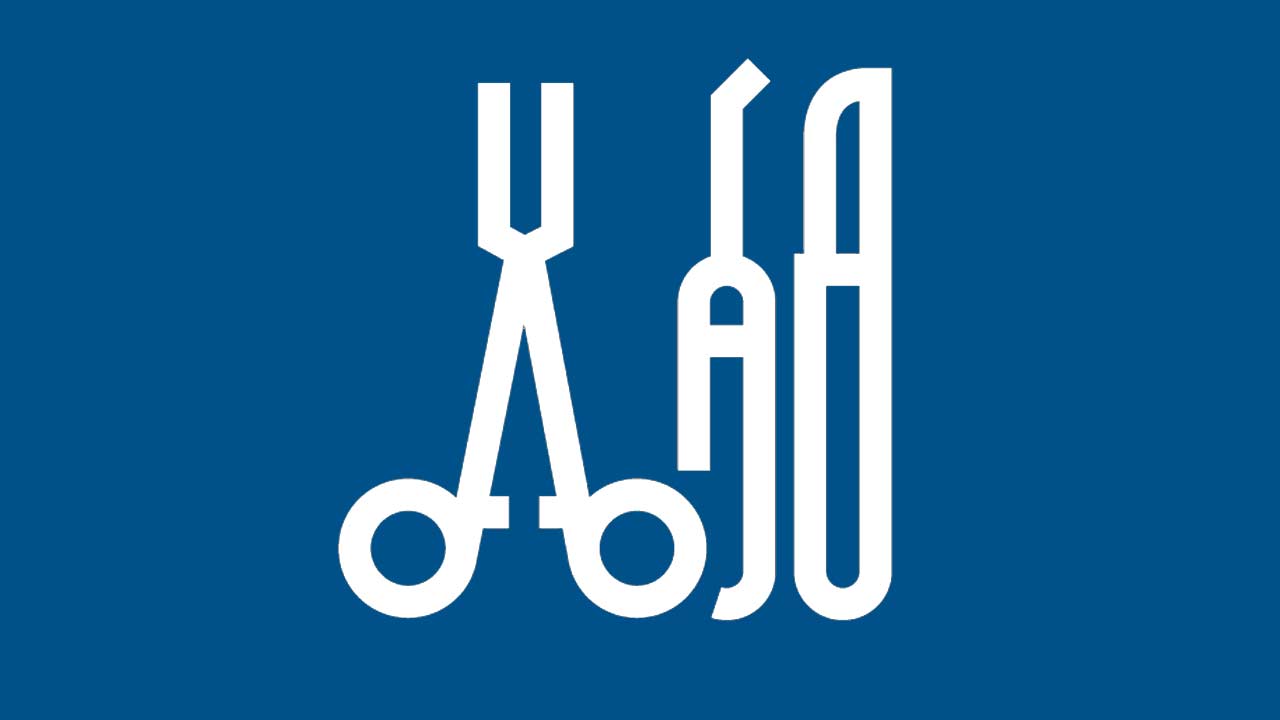Arteriovenous Malformation (AVM)
Arteriovenous Malformation: Understanding, Diagnosing, and Treating a Complex Vascular Condition
An Arteriovenous Malformation (AVM) is an abnormal tangle of blood vessels—arteries and veins—that disrupts normal blood flow within the body. When an AVM occurs in the brain or spinal cord, it can affect neurological function and increase the risk of serious complications such as bleeding (hemorrhage). While some people live with AVMs for years without symptoms, others experience debilitating effects.
Understanding AVMs
Arteries carry oxygen-rich blood from the heart to various tissues, while veins return oxygen-depleted blood back to the lungs and heart. In an AVM, arteries connect directly to veins without the usual network of tiny capillaries. This can raise pressure in the veins and interfere with normal circulation. Although AVMs can appear anywhere in the body, brain AVMs are of particular concern due to the potential for severe neurological damage if bleeding occurs.
Potential Causes and Risk Factors
- Congenital Factors: AVMs often develop during fetal growth. While the exact cause is unclear, genetic influences and vascular development abnormalities are suspected.
- Family History: Most AVMs are sporadic, but in rare cases, they can be linked to hereditary conditions like Hereditary Hemorrhagic Telangiectasia (HHT).
- Gender and Age: Brain AVMs tend to be diagnosed most often in younger adults (teens to forties).
Common Symptoms
Many individuals with AVMs experience no symptoms until a hemorrhage occurs. However, some warning signs may include:
- Headaches
Can be persistent or severe and occasionally localized to the AVM site. - Seizures
Uncontrolled electrical activity in the brain triggered by irritated or damaged tissue around the AVM. - Neurological Deficits
Weakness, numbness, or tingling in one part of the body.
Vision changes, difficulty speaking, or problems with coordination if the AVM impacts specific brain regions. - Intracranial Hemorrhage
A sudden, severe headache (“thunderclap headache”) accompanied by nausea, vomiting, or loss of consciousness can signify bleeding.
Diagnosing an AVM
- Neuroimaging
MRI: Provides a detailed picture of brain structures and can detect subtle changes in blood flow.
MRA or CTA: Magnetic Resonance Angiography or Computed Tomographic Angiography offers insight into blood vessel structure.
Cerebral Angiogram: The gold standard for visualizing AVMs, involving contrast dye injected into arteries to map out abnormal connections. - Neurological Examination
Assessment of motor skills, reflexes, coordination, and sensory function to detect potential deficits.
Treatment Approaches
Decisions about treating an AVM depend on factors such as location, size, bleeding history, and overall health.
- Observation
In some cases where the AVM is small and asymptomatic, close monitoring with periodic imaging might be appropriate. - Medications
Anti-seizure drugs can help control or prevent seizures.
Pain management strategies for headaches. - Interventional Procedures
Endovascular Embolization: A minimally invasive technique to block blood flow to the AVM by injecting a glue-like substance. This may be done before surgery or as a standalone treatment. - Surgical Resection
Removal of the AVM to eliminate the risk of future bleeding. Suited for accessible lesions that can be safely excised. - Stereotactic Radiosurgery
A high-dose, targeted radiation therapy (e.g., Gamma Knife®) that gradually shrinks the AVM over time.
Recovery and Long-Term Management
- Rehabilitation: Patients who have experienced bleeding or neurological deficits may benefit from physical therapy, occupational therapy, or speech therapy.
- Follow-Up Imaging: Monitoring for recurrence or changes in the size of the AVM is critical, even after treatment.
- Lifestyle Considerations: Managing blood pressure, avoiding smoking, and maintaining a healthy diet and exercise routine may support overall vascular health.
Our Multi-Disciplinary Approach in NYC
At our multi-location, multi-disciplinary medical practice in the New York City metro area, we offer a comprehensive team approach, involving neurosurgeons, interventional neuroradiologists, neurologists, and rehabilitation specialists. By combining cutting-edge diagnostic technology with individualized treatment plans, we serve as a trusted destination for patients throughout New York state, the United States, and worldwide.
Additional Resources
Conclusion
While an AVM may be asymptomatic for years, early detection and appropriate management are crucial to prevent complications like stroke or permanent neurological impairment. Whether you require surgical intervention, radiosurgery, or observation, our dedicated team strives to provide the highest standard of care, ensuring patients achieve the best possible outcomes.
Disclaimer: This article is intended for informational purposes only. It is not a substitute for professional medical advice, diagnosis, or treatment. Always consult a qualified healthcare professional for guidance on any medical condition.
